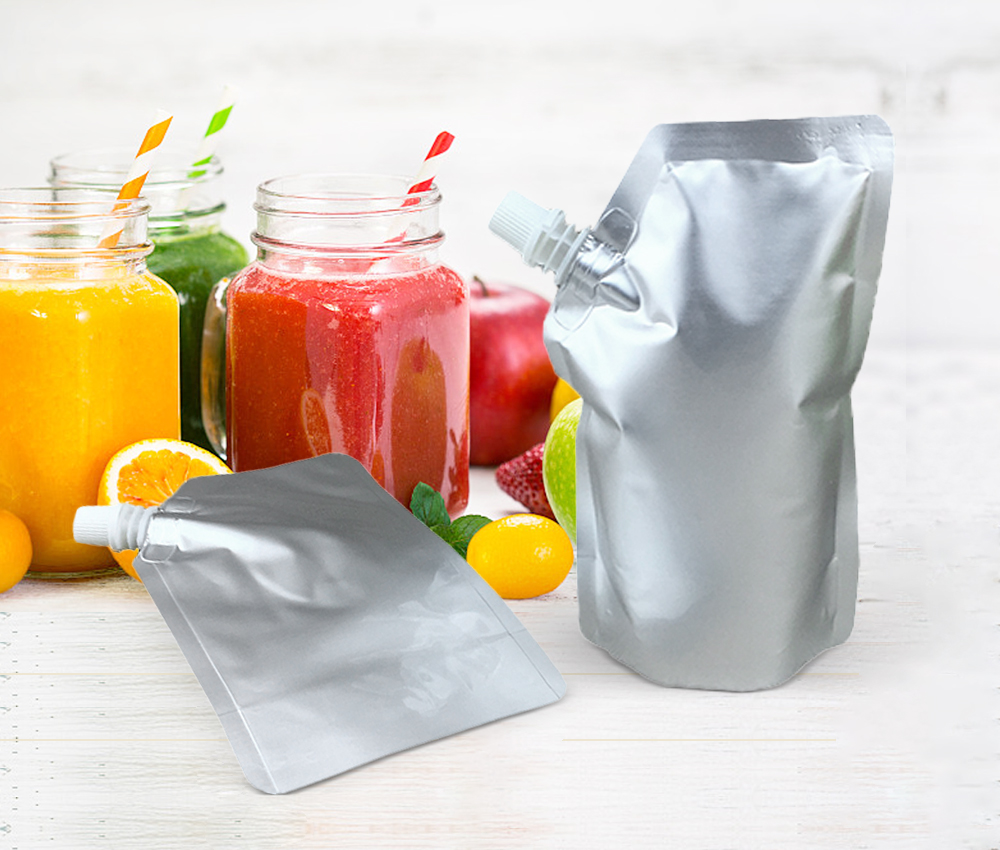 Tel: +86 188 2689 9458
Tel: +86 188 2689 9458
 Tel: +86 188 2689 9458
Tel: +86 188 2689 9458
source:other news release time:2023-06-28 Hits:

The correct selection of packaging materials is an important condition for the effective application of inflatable packaging. Inflatable packaging must use materials with good air and moisture resistance properties to maintain the optimal gas composition inside the packaging. Plastics and their composites are widely used in inflatable packaging in the form of flexible packaging, Thermoforming platters and other forms due to their advantages of wide source, easy processing, portability and beauty. This mainly discusses the selection of plastic materials.
Commonly used materials with good gas and moisture resistance properties include PVDC, KOPP, PET, PET/PE, PT/PE, PA/PE, PP/PVDC/PE, PA/EVA/PE, PET/EVAL/PE, etc.
When selecting materials, the product characteristics and inflatable packaging requirements should be taken into account, as well as the source and price. For example, fresh meat can be packaged in inflatable packaging (65% -80% O2, 35% -20% CO2, refrigerated at 5 ℃), with materials such as PVDC, PET, PA, EVOH, etc; Choose inflatable packaging for pies (65% -80% O2, 35% -20% CO2, 30% N2), with materials such as PET/PE, PET/EVAL/PE, etc. available; Choose inflatable packaging for cauliflower (5% O2, 5% CO2, refrigerated below 10 ℃).
Inflatable packaging is commonly made of double-layer composite film or three-layer aluminum thin composite film with three sides sealed packaging bags. The thickness of the composite film is generally between 60-96 um, with the inner layer being a heat sealing layer that needs to have good heat sealing performance, with a thickness of 50-80 um. The outer layer is a sealing layer that needs to have good airtightness and printability, a certain strength, and a thickness of 10-16 um. Polyethylene (PE) is commonly used as the inner substrate of composite films, such as high-temperature resistant polypropylene (CPP) for high-temperature cooking bags, and stretched polypropylene (OPP), polyester (PET), nylon (PA), etc. are commonly used as the outer substrate. Some foods such as tea, milk powder, and some high fat foods require light blocking packaging to prevent the color, aroma, and taste of the food from being affected by light. The method is to composite a thin layer of aluminum foil (AL) between the inner and outer layers of the substrate, which also enhances its airtightness.
Read recommendations:
Popular recommendation
Wholesale High Barrier Plastic Stand Up Flat Bottom Pet Dog Food Packaging Bag
Hot Sale BPA Free Plastic Drink Juice Fruit Liquid Packaging Stand Up Bag Spout Pouch
Custom Laminated Printing Juice Bag Liquid Packaging Stand Up Plastic Water Spout Pouch
pouch bag with handle custom
new super pouch wholesale
super pouch tool bag custom
spout pouch packaging bags company
spout pouch packaging bags price
coffee pouch design Vendor
bag in box manufacture
Packaging airbag inflation
What are the packaging machinery and equipment?
Pet Food Bag: The Ultimate Guide
Bag in Box: Provide sustainable packaging for your beverages.bag in box for wine
What is the difference between fully biodegradable plastic bags and degradable plastic bags?
Can the use of vacuum bags ensure that the food does not get moldy?
The use of vacuum bag and the method of controlling its thickness
Introduction to Barcodes for Packaging Bags
Advantages of coffee bags
Coffee bags and coffee
What foods require aluminum foil packaging bags for food?Aluminum foil standing spout pouch bag
Why are degradable plastic bags more expensive than ordinary plastic bags?
Overview of the requirements for the bagging process of fruit juice bags.recycled kraft paper pouch
What are the materials of food bags.custom snack food bags
Food packaging bags.packaging companies for food
What are the factors that affect the quality of sterile bags
Briefly describe the development status of the box in bag industry in China.bag in box company
What are the bag materials
What kind of film is automatic packaging roll film
Characteristics of food composite bags.printed snack food bags custom